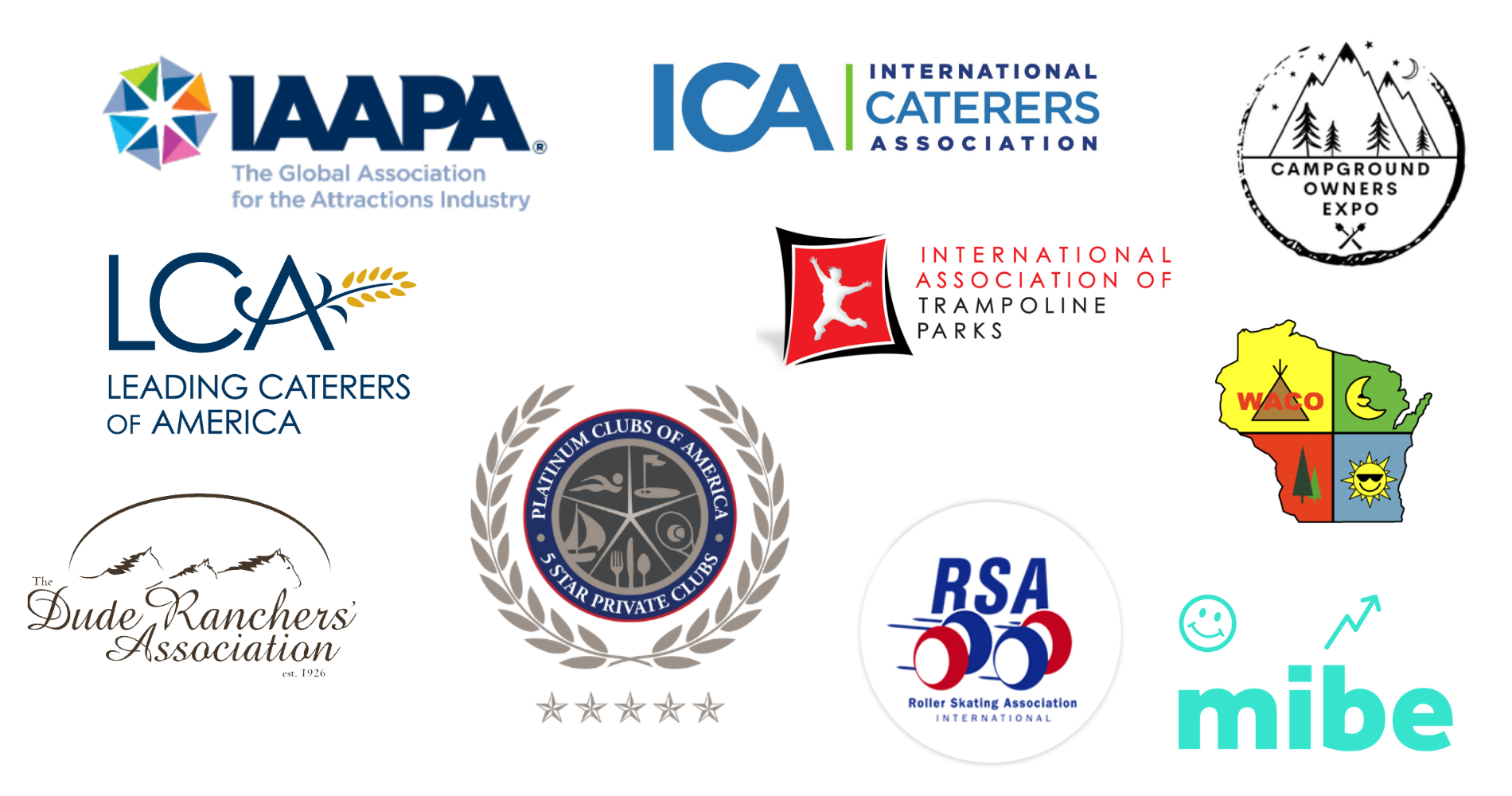The Right Way to Audit Your Food Costs
/Smart business owners know precisely where their books stand at any given moment, including the cost of goods required to keep their companies afloat. In the food industry, prices are always fluctuating based on the market and all the factors that impact supply and demand.
This year, the coronavirus pandemic had had a significant effect on food costs as supply chains have been interrupted and, with restaurants closed and events canceled, food demand has been unpredictable and, thus, prices have followed the trend.
“Shortages are still significantly affecting food costs,” states Russ Cipolla of Team Four Foods. “Retail sales (grocery stores) remain high and restaurant sales from both carryout and, now, inside dining have increased demand. Production had been cut in most product segments due to oversupply, lack of demand, and shutdowns and closures of plants.”
Cipolla continues, detailing where many businesses stand today: “Most have recovered from the closures, but are still recovering from the interruption in supply. Labor is still a concern with continued cases of virus and recent visa restrictions. All protein, dairy, and produce are affected.”
If you’re in need of an audit on food costs, now is a great time to get started. Remember: This is a process that should happen regularly, so start making it a habit today. Here are a few things to consider during your audit.
Always look “down invoice”
The top of your invoice will naturally be filled with your top spends, but it’s important to look beyond those big items. Further down is where distributors can hide their profits in the less expensive, not-so-essential items like disposables and other non-food items. Even if you’re racking up big savings on purchasing protein in bulk, it can all be for naught if you’re being incredibly up-charged for, say, paper napkins. Review the entirety of your invoice to make sure all of the costs look fair; your entire spend is more important than the spend of your top items.
Don’t be afraid to negotiate
You should have an MSA (master services agreement) with any distributor you use that details the parameters of your working relationship. This document will spell out any fees added on by the distributor, which are generally open to negotiation. Here are a few to keep an eye out for:
· Fuel Surcharge: Here’s a secret about fuel – distributors buy it at a set price for the year through fuel futures. So, if your price goes up, it doesn’t mean they’re paying more for fuel as their price is locked in. A fuel surcharge in your MSA allows them to charge you more regardless, so do what you can to negotiate this out of the agreement.
Late Fee: Late fees are usually non-negotiable, so it’s essential to fully understand your payment terms and ask any questions upfront. While you’re at it, ask about early pay incentives — some distributors offer these and you may find it useful when your cash flow is strong during busy season.
Substitutions: Don’t pay more for expensive substitutions! It’s the distributor’s responsibility to fill your order as agreed upon. If they are short on the product you want and you’ll allow a substitution, ask them to charge you the price of the original requested item — not the higher substitute price. This removes the incentive for the distributor to substitute more expensive items.
Drop Size Incentive: Distributors make money based on deliveries; the more product they are delivering to you at once, the more money they make. Be sure to ask if there is a drop size incentive, which provides you savings when you put more on their truck each time it delivers to your place of business. It may take more prep from you to have fewer, but larger drops, but could save you significant dollars on your food spend.
Once auditing your costs becomes a habit, you’ll need to find a schedule that works to revisit your expenses. It really depends on your calendar and when you typically do most of your planning; for many caterers, this falls just after the holidays but before spring wedding season. The off-season is a great time to address all of those back-burner tasks, including renegotiating contracts and setting new pricing benchmarks for the year.
Then, throughout the year, you can revisit your pricing in comparison to your January benchmarks to ensure they’re aligned with your base prices or, at the very least, aligned with the cost projections your distributor provided at the beginning of the year. If the costs are higher, ask your distributor to justify the increase.
Regular assessment of where your business stands in terms of cash inflow and outflow is a must in order to continue growing a sustainable business that will live on—even through a global pandemic, and the like!



